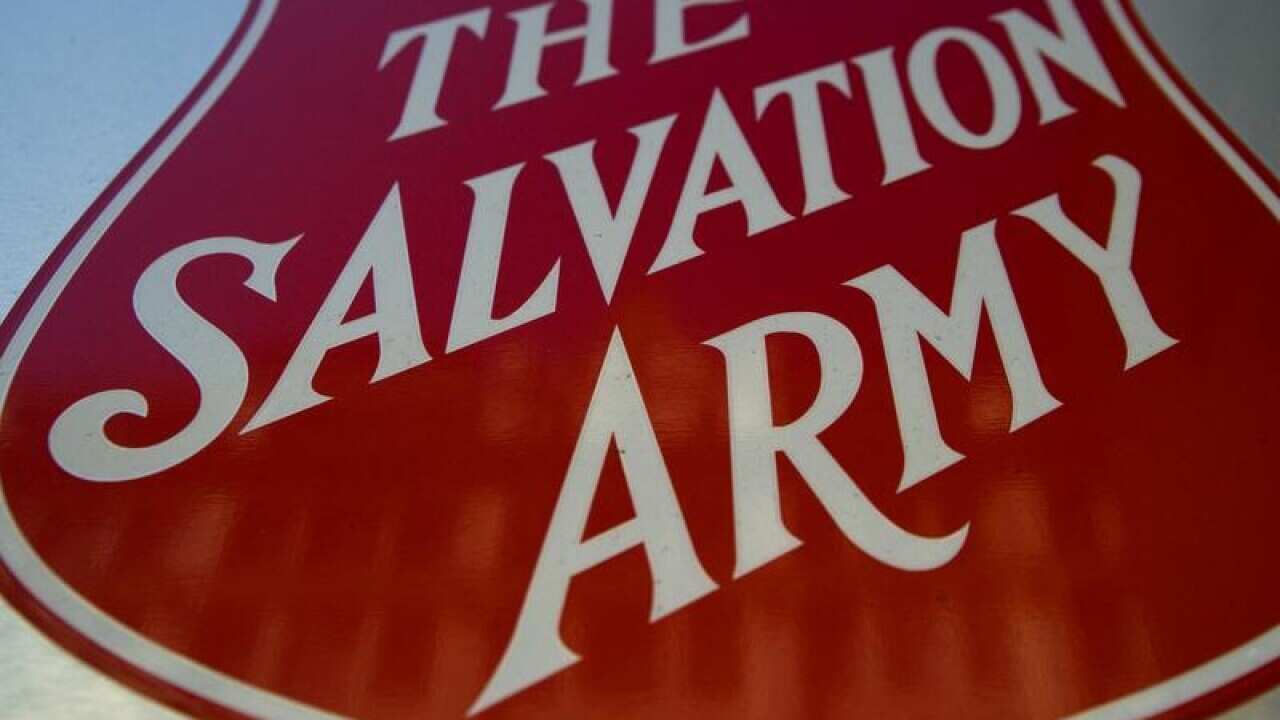The Salvation Army is struggling to keep up with a threefold spike in the number of people turning to its drug rehab service seeking treatment for ice addiction.
The percentage of ice users seeking help from the Salvos' William Booth House in Sydney has jumped from 16 per cent to 57 per cent in the past five years, statistics released by the charity show.
The Salvos' Recovery Service Centres in NSW, Queensland and the ACT have also experienced a 40 per cent rise in the total number of people seeking help for drug and alcohol use.
"The Salvation Army is struggling to keep up with the great need in our community," operations manager of the Salvation Army's Drug and Alcohol Services Gerard Byrne said on Monday.
"People can be waiting from anytime between two to six weeks before they get the assistance they need."
Statistics from the Salvo's Recovery Service Centres in Brisbane, Gold Coast, Canberra, Sydney, and NSW's Central Coast and Shoalhaven regions, show the percentage of people seeking help in 2016 for addiction to amphetamines including ice was higher than that for alcohol abuse, cannabis, and heroin.
Mr Byrne says state and federal governments need to increase the availability of treatment options for ice addicts, who find it relatively easy and cheap to buy the drug across Australia.
"Governments need to place more resources into existing drug and alcohol services, which are bearing the burden of increased pressure on already stretched resources," he said.
"This has created a situation that is tearing communities apart."
The federal government's national drug strategy 2017-2026 released in July listed methamphetamine, or ice, as the highest priority substance for Australia despite only 1.4 per cent of Australians over 14 having ever tried the drug.
A separate national study of wastewater released around the same time also found that ice was the most popular drug across the country, prompting Justice Minister Michael Keenan to suggest that Australia may have the "most significant ice problem in the world".
Meanwhile, the number of methamphetamine-related deaths has risen from 142 in 2009 to 280 in 2015, according to a recent National Drug and Alcohol Research Centre study.
Mr Byrne says many ice addicts who turn to the Salvos for help also have major mental and physical health problems as a result of their drug use.
"We estimate that the number of clients now reporting a mental health condition is anywhere between 50-70 per cent," he said.
"Ice is a powerful drug that has devastating consequences."
Share

